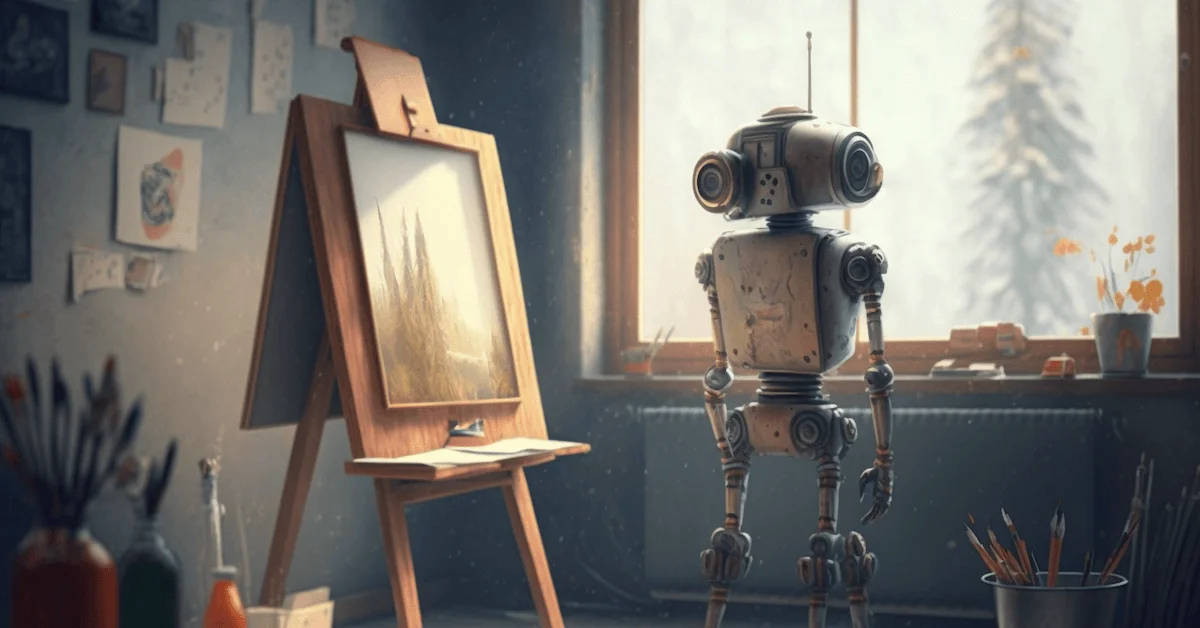
A neural network is a technology whose operation mimics the neural connections of the human brain. It’s a trainable system that uses new information and past experience to improve. Let’s discover which neural network stands out as the best.
Why Neural Networks Are Popular
Neural networks are a universal, flexible system that, depending on training methods, can do more than just find information for term papers or generate logos on request. They work with graphics, identify symptoms of cardiac diseases from patient data, or design formulas for synthetic molecules.
They do all this much more efficiently than humans because neural networks can quickly process vast amounts of information. For example, researchers at Sydney’s University of Technology have developed drones to monitor beaches and warn sunbathers of sharks’ presence nearby.
Developers promise a 90% accuracy rate for shark recognition. For comparison, a human operator viewing camera footage can identify no more than 30% of sharks accurately.
Another example is PayPal, which uses AI to combat fraudsters. The AI, trained on massive data sets, compares millions of transactions to identify and block suspicious ones. The result: the rate of fraudulent operations has dropped to one-third of a percent, well below the financial sector’s norm of 1.3%.
This pattern repeats in almost every field—from heavy industry to commerce, transportation, and cybersecurity (protection against attacks, hacking).
Types of Neural Networks
There are about ten types of neural network architectures, but you’ll most commonly encounter:
-
FFNN – Feedforward Neural Networks are linear, with no connections between the nodes of each layer. They are the first and simplest development capable of recognizing speech, symbols, and images.
-
RBFN – A subtype of FFNN, these are also linear but based on a radial basis activation function. They’re used for time-series forecasting and classification tasks.
-
CNN – Convolutional Neural Networks with deep learning technology and complex self-adjusting architecture. They are applied in image or object identification (anything involving computer vision).
For instance, in security systems, facial recognition, autonomous vehicles, and medicine (teaching AI to spot symptoms on MRI scans), and even in agriculture.
CNNs process satellite images to predict the potential yields of specific lands.
CNNs recognize speech, transcribing audio files into text. Recent research has also shown that the algorithm can be used to analyze the emotional tone of a text (positive, neutral, or negative).
- RNN – Recurrent Neural Networks have sequential connections between nodes where the computation result on one stage becomes the input for the next.
The technology can classify, recognize video footage, detect diseases’ symptoms from images, read handwritten text, and identify data (including videos), generate pictures on request.
Yandex uses RNNs to assess road conditions for its autonomous taxi service.
Neural networks often supplement their algorithms with other technologies. For example, CNNs read an image in fragments, passing them from layer to layer. After analyzing the obtained information, FFNN produces the result.
List of the Best Neural Networks
It’s tough to say which neural network is superior as they continuously evolve, expand, become “smarter” and faster. However, several notable algorithms can be highlighted for solving different tasks:
-
Crayon – formerly known as DALL·E mini, is an AI algorithm that creates images from textual descriptions. Each neural network has its advantages and limitations, so the choice depends on what you want to achieve in the drawing process and what specific tasks you need to solve.
-
ruDALL-E Kandinsky by Sber – a Russian development for generative design, creating images and editing photos or existing paintings based on keywords.
-
RuGPT-3 – another Sber development, which can write meaningful coherent text from a sequence of words, sentences.
-
Colorize.cc – with open source, scans and converts black-and-white photos into color, free images generated (limit 50) are marked with the site’s logo.
-
Namelix – conceives business names based on descriptions from keywords.
-
Looka – a service for drawing logos based on given parameters (type of business, slogan); while it won’t produce an exclusive result, workable options are available.
-
AutoDraw – resembles a standard graphic editor but can turn any user sketches (even if it’s a spiral or a couple of strokes) into a minimalistic image;
-
Gnod – doesn’t draw, invent logos, or write term papers, but it will recommend movies and series by analyzing the user’s tastes.
-
Talk to Books – will respond to any question, even philosophical ones such as the meaning of life with a quote from a book.
Answering which is the best neural network in the world is challenging, as it depends on your requirements. But one of the best, presented by OpenAI, is the ChatGPT chatbot, which has become incredibly popular recently. Since AI searches for information faster and more accurately than browser search engines, which may redirect users to irrelevant sites in response to queries.
It analyzes spoken language, translates between languages, can write, find bugs in the software code, maintain meaningful dialogue with users, compose music, brief essays, and even create new episodes for movies, sitcoms, and series. This is perhaps a universal option for work and entertainment.

